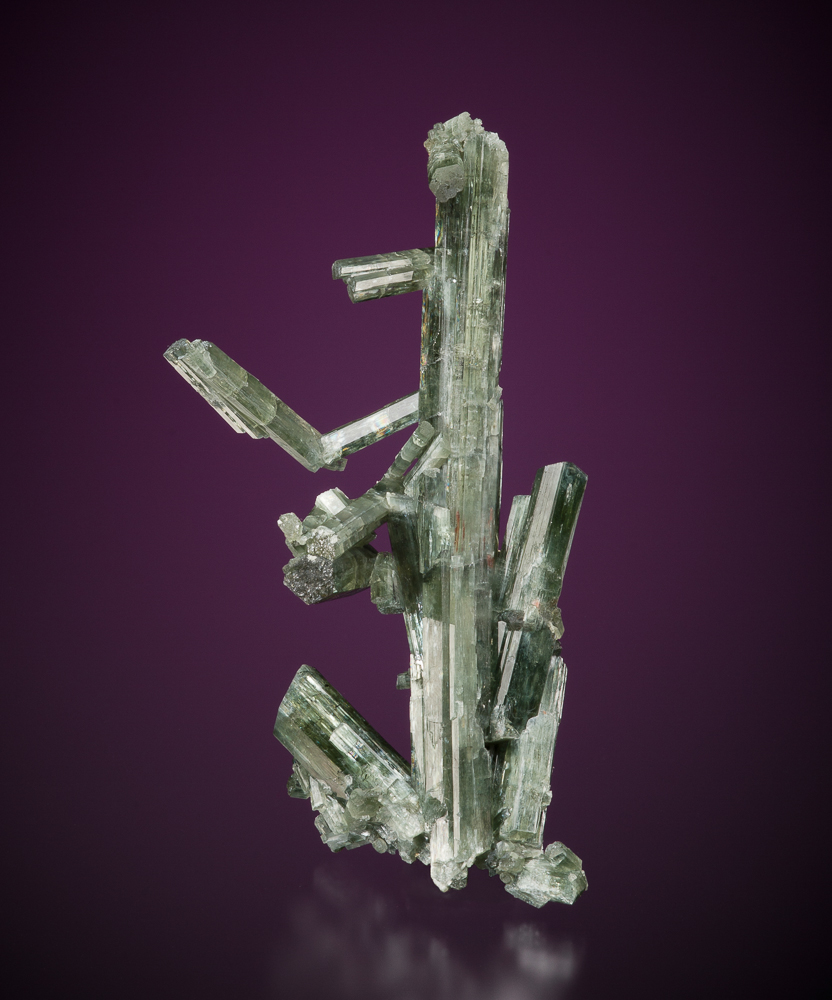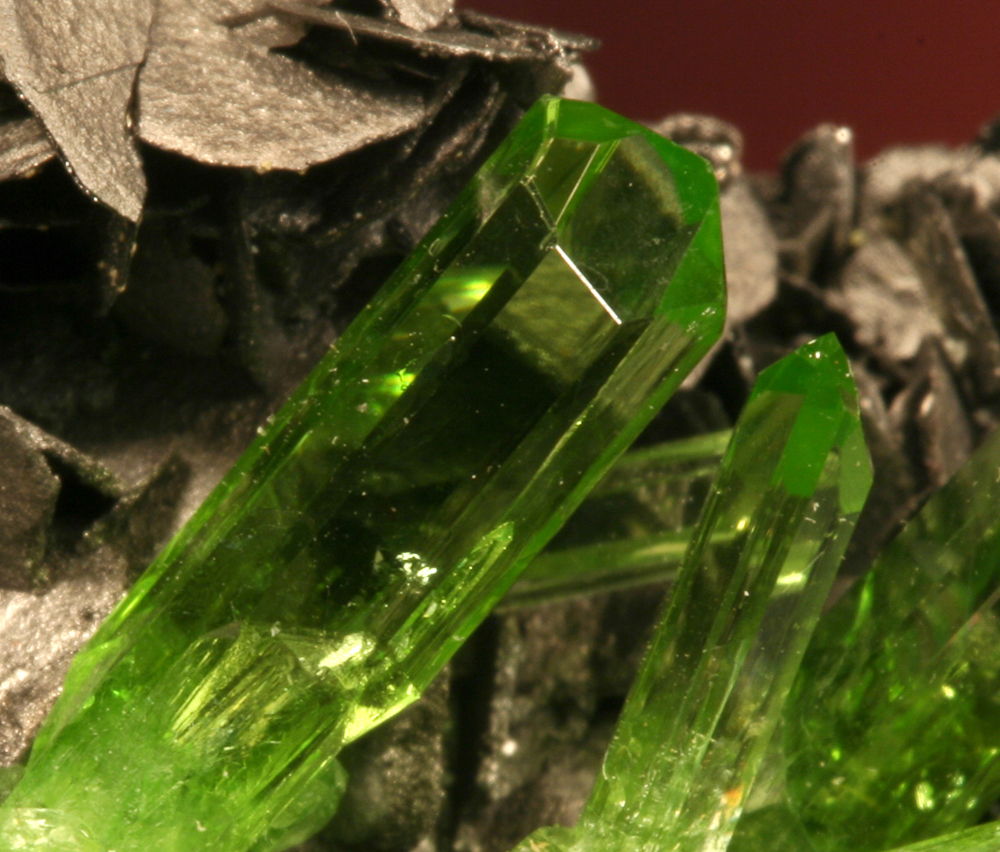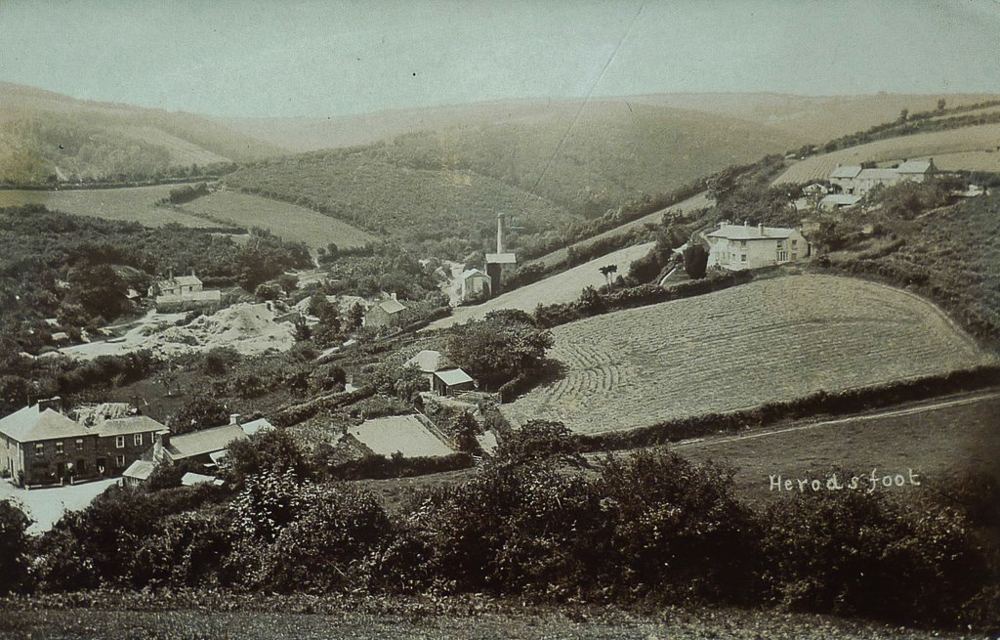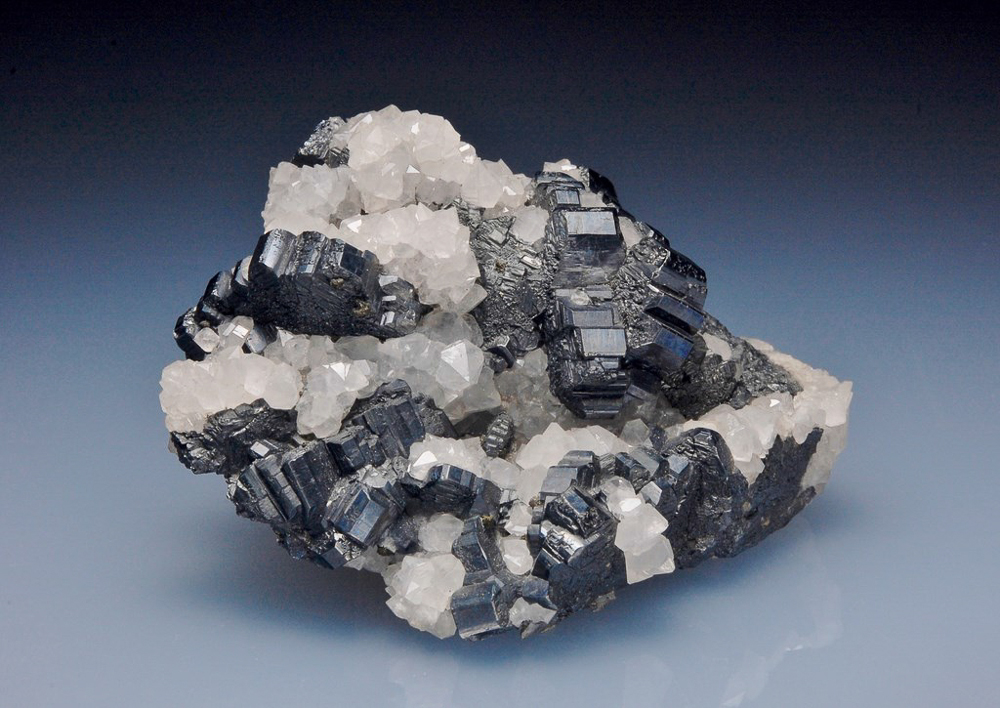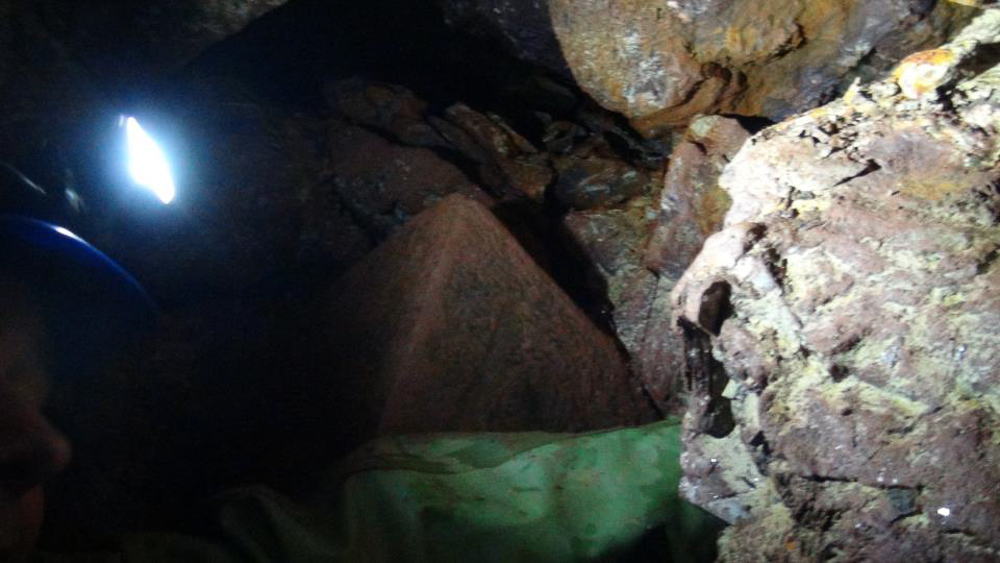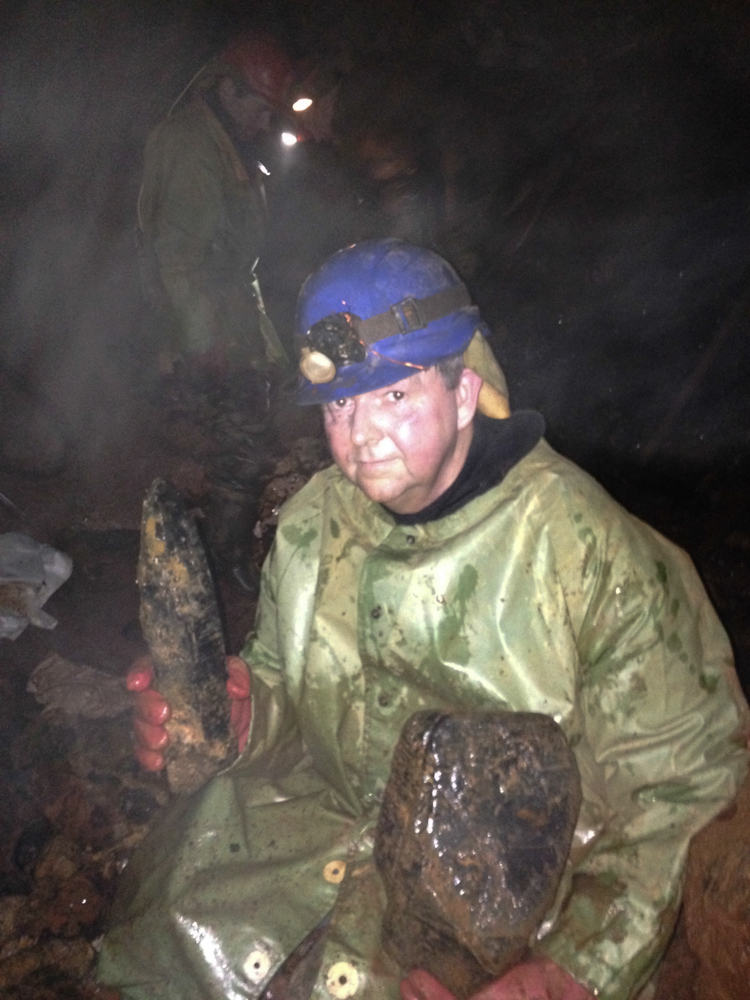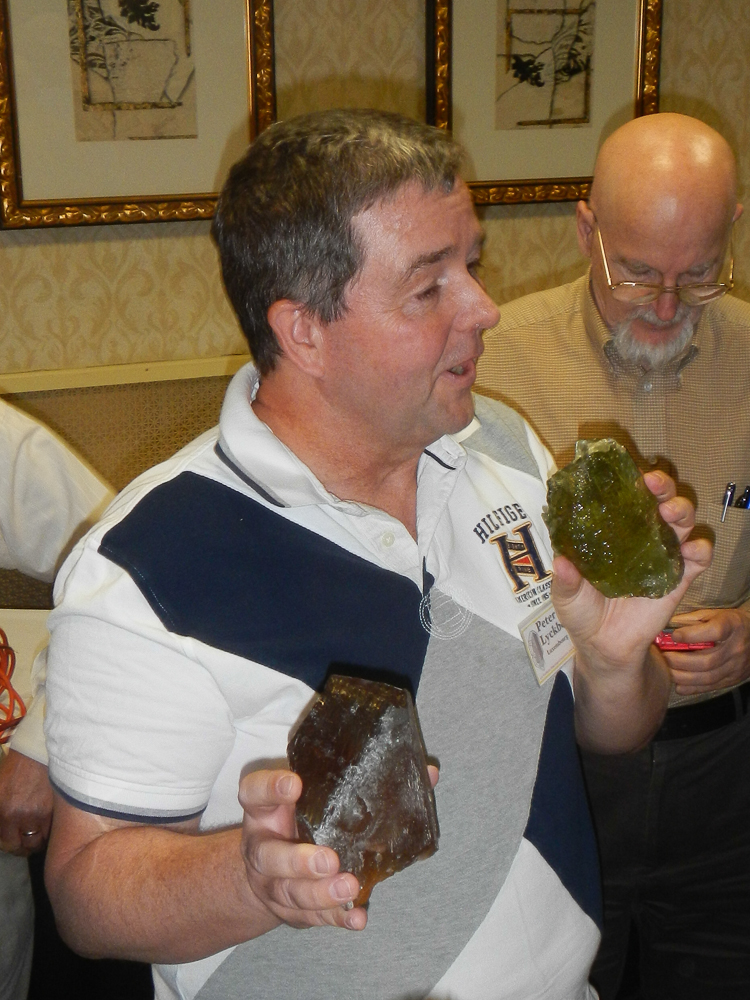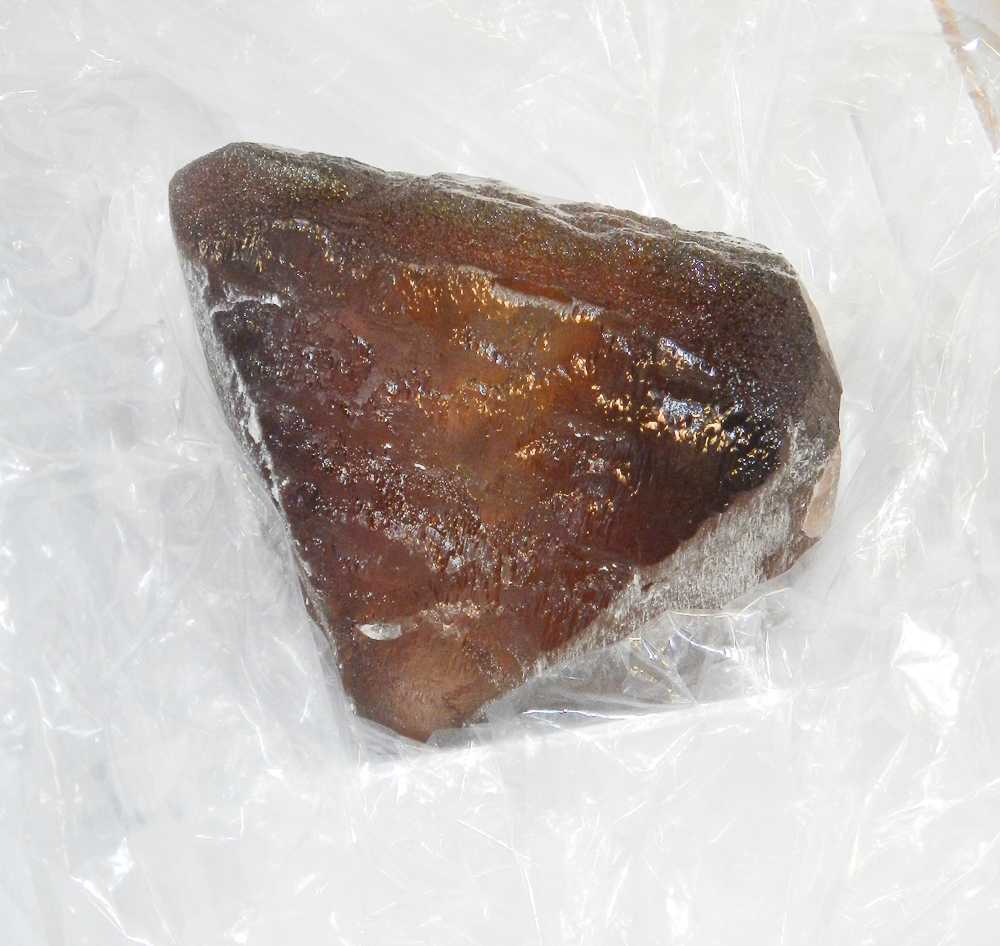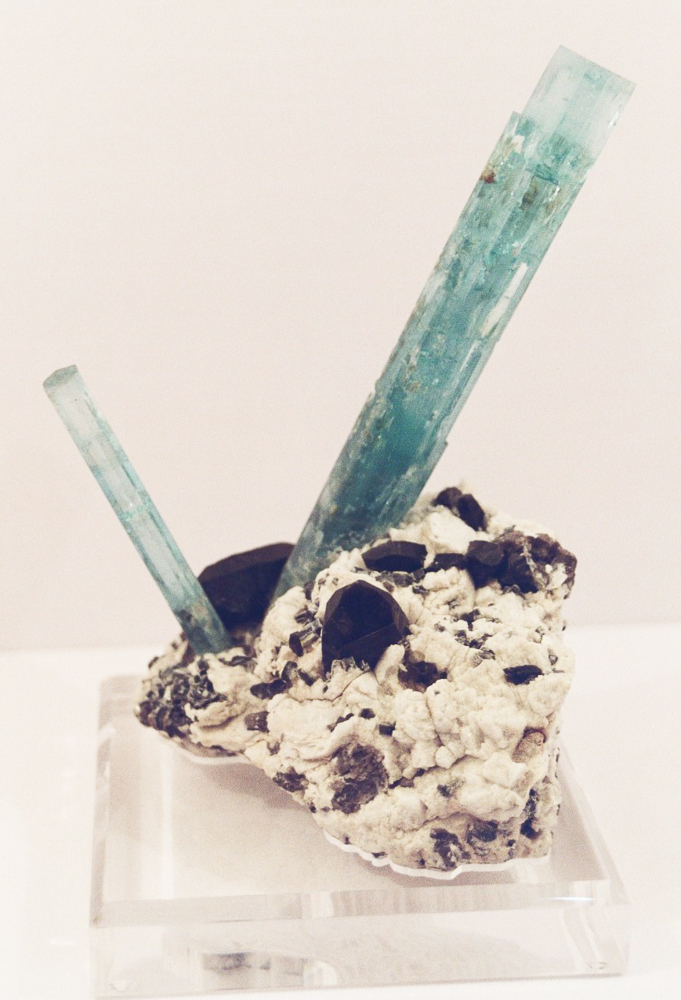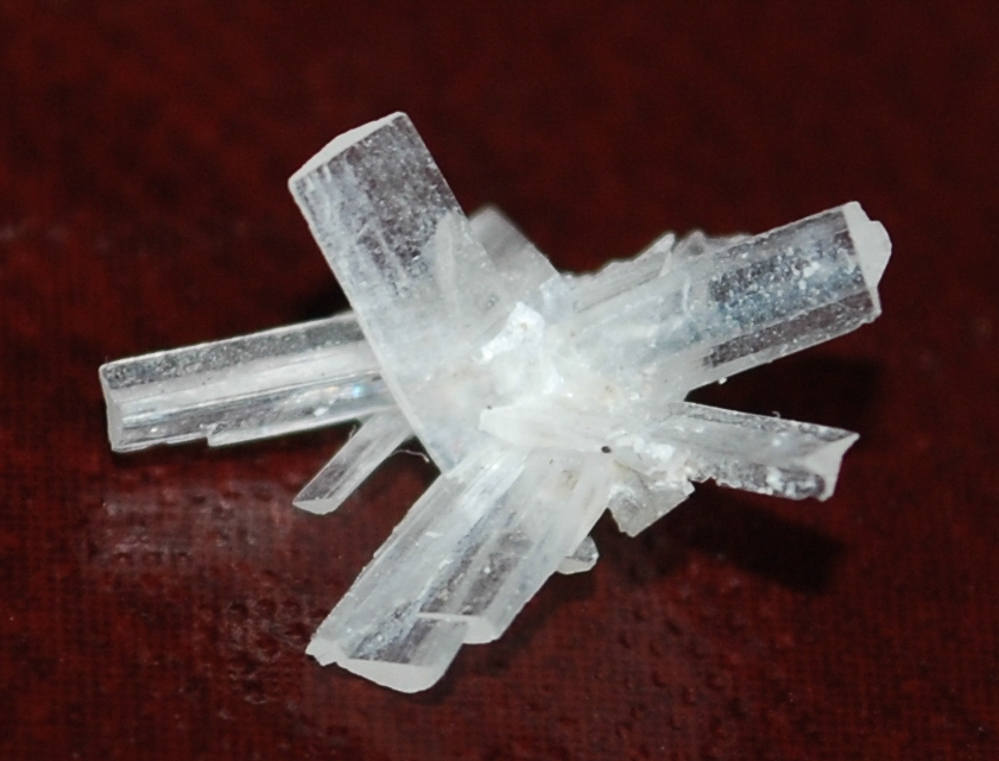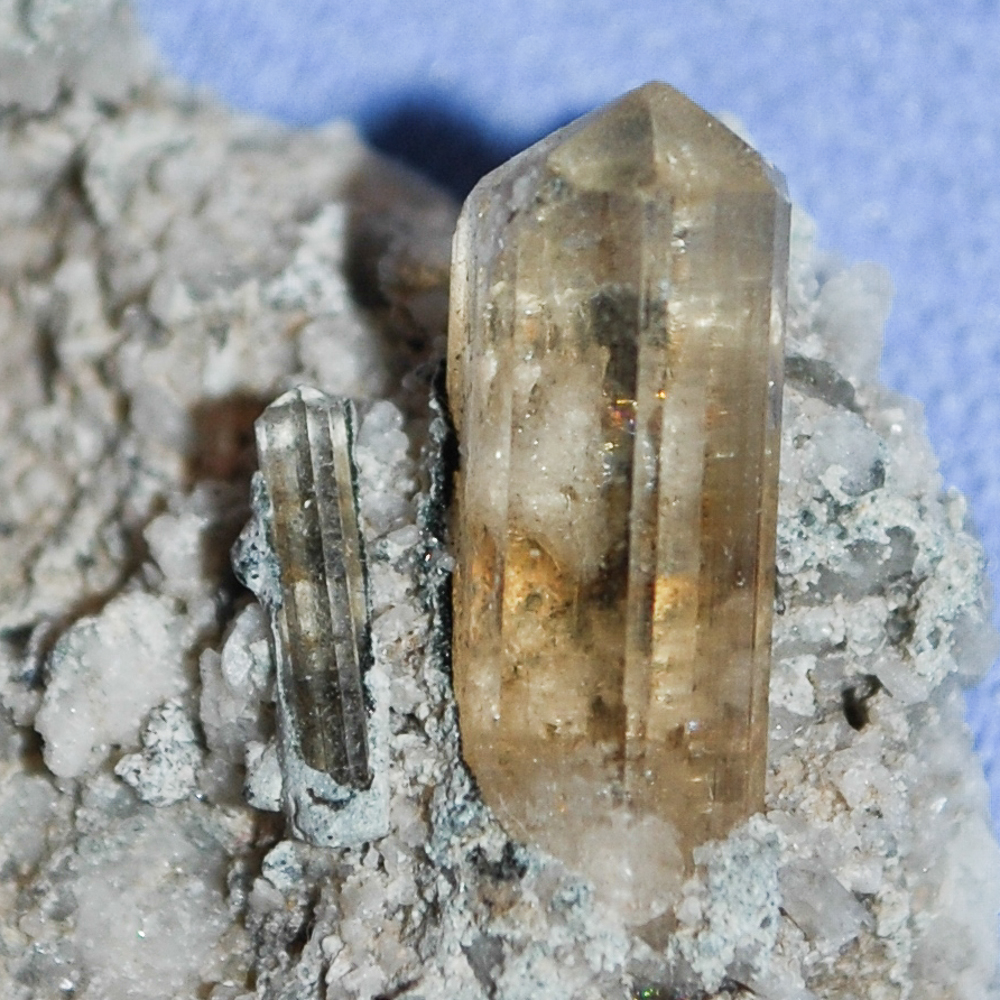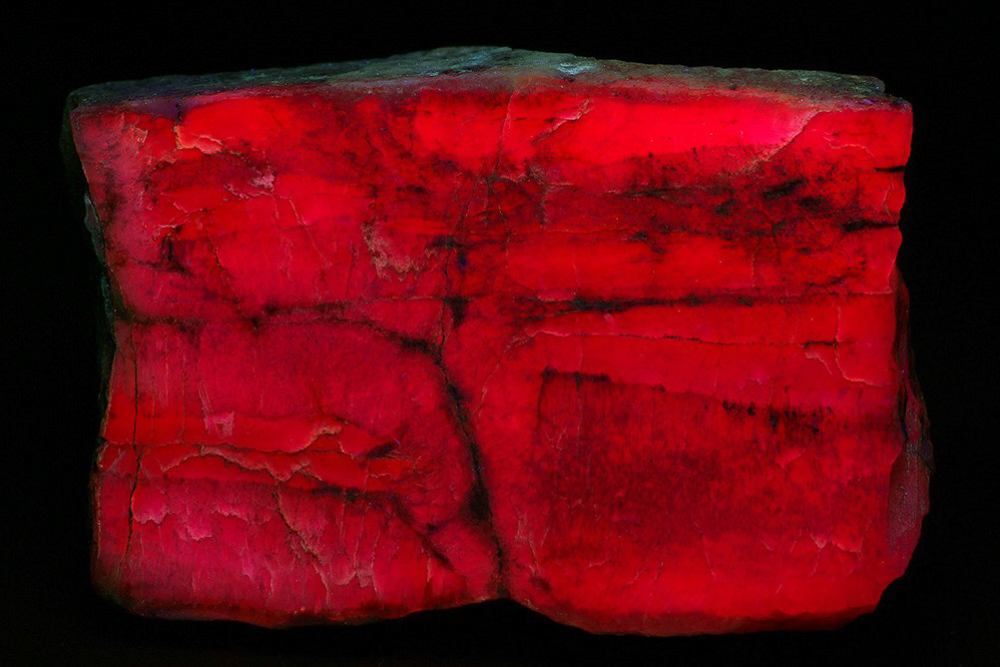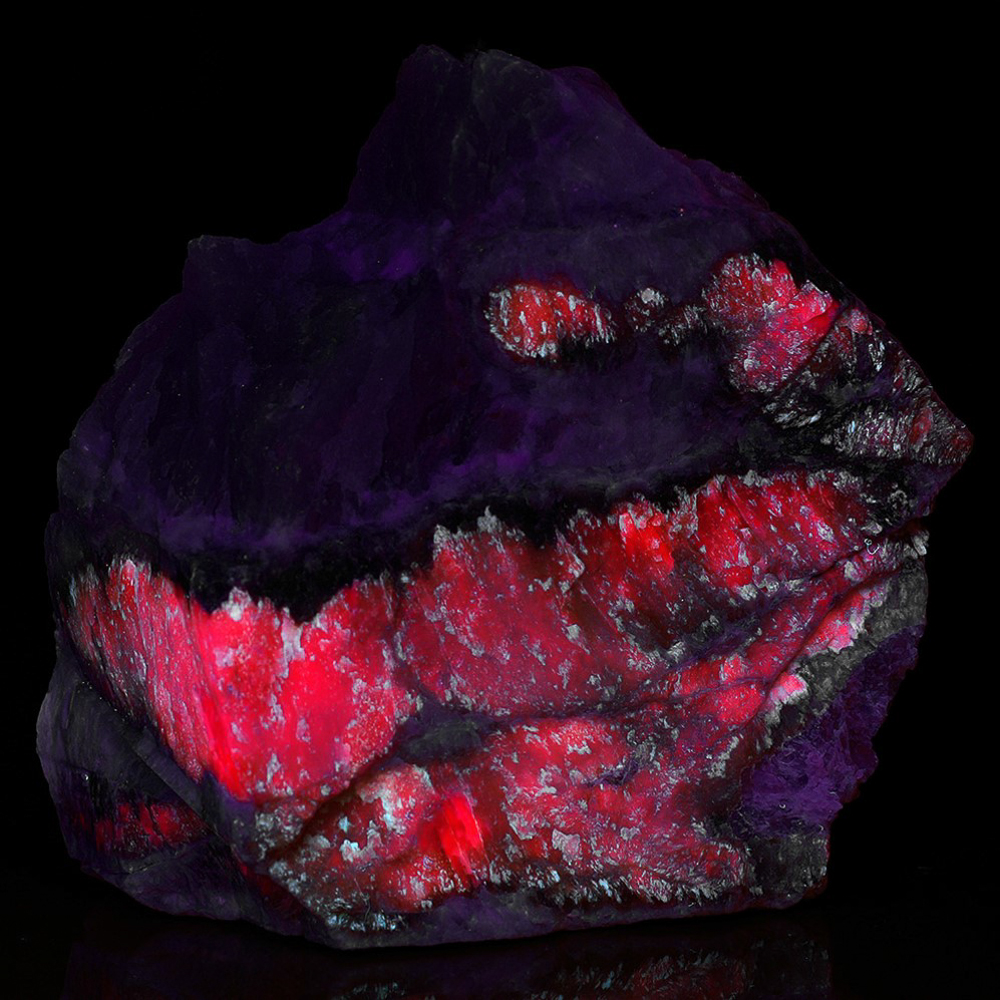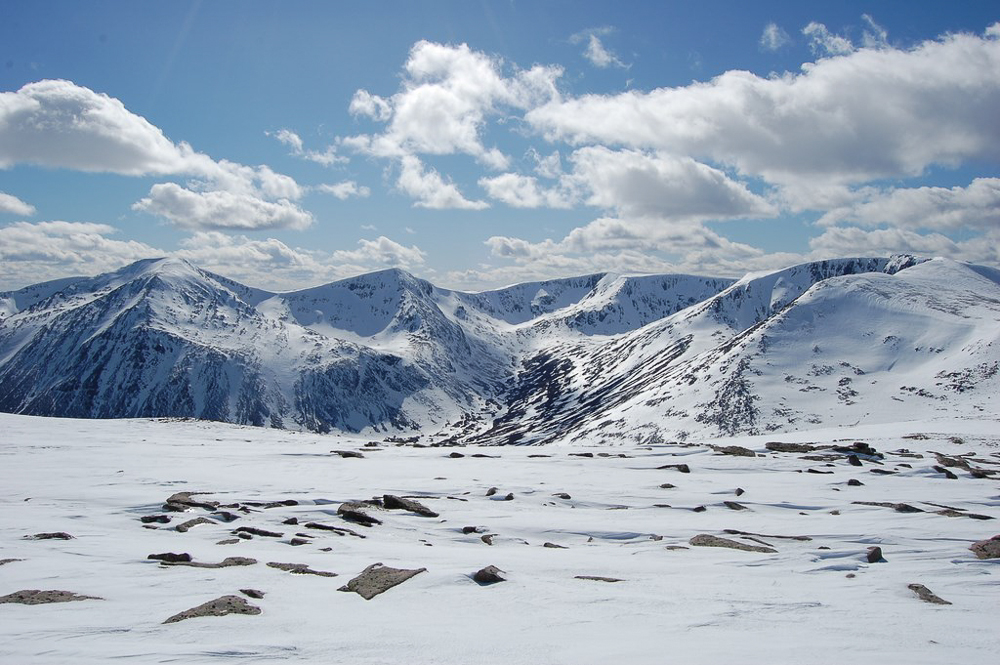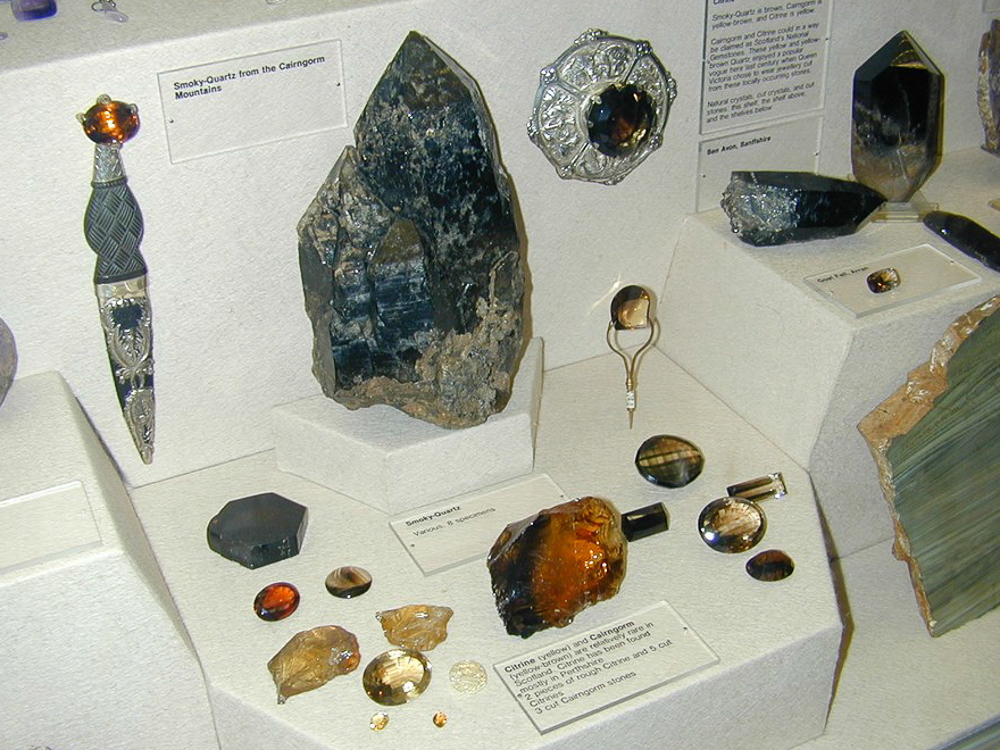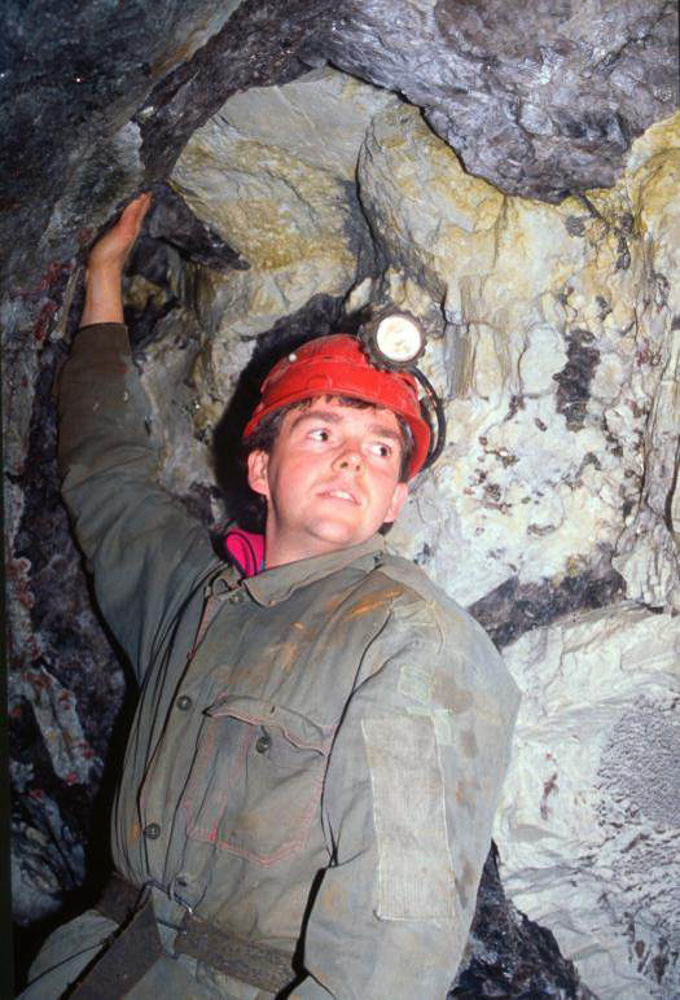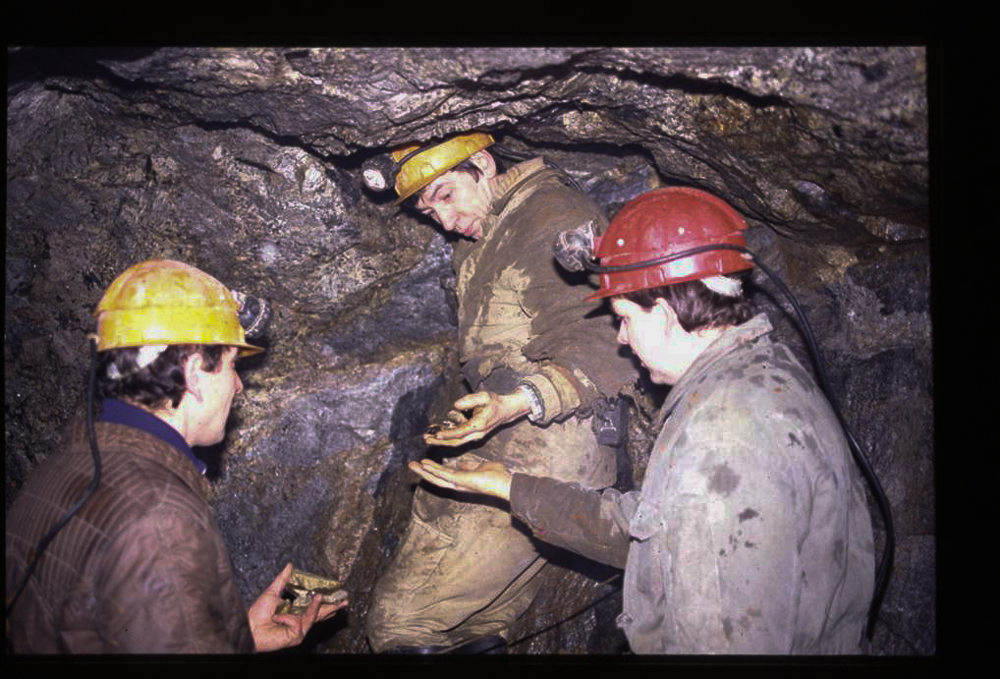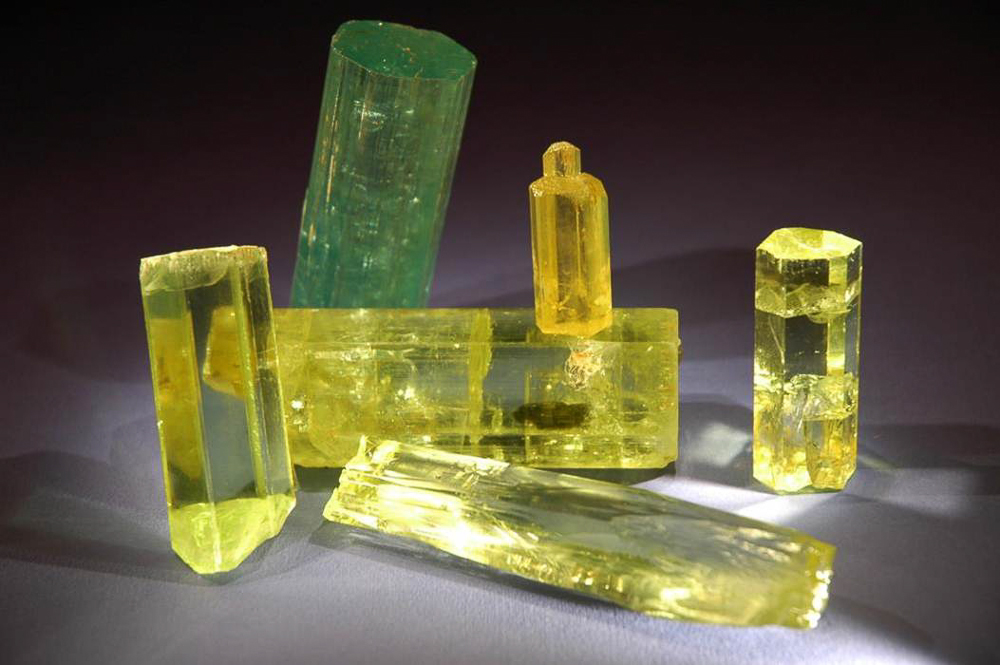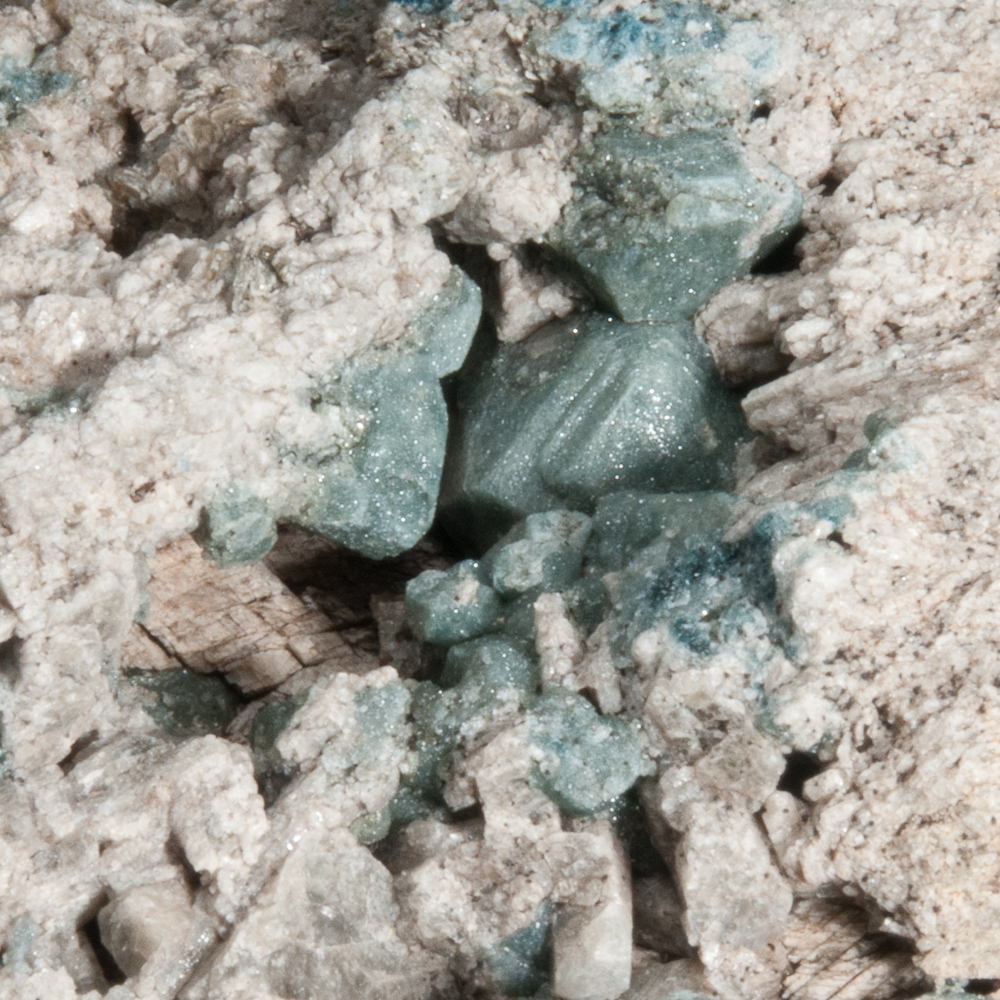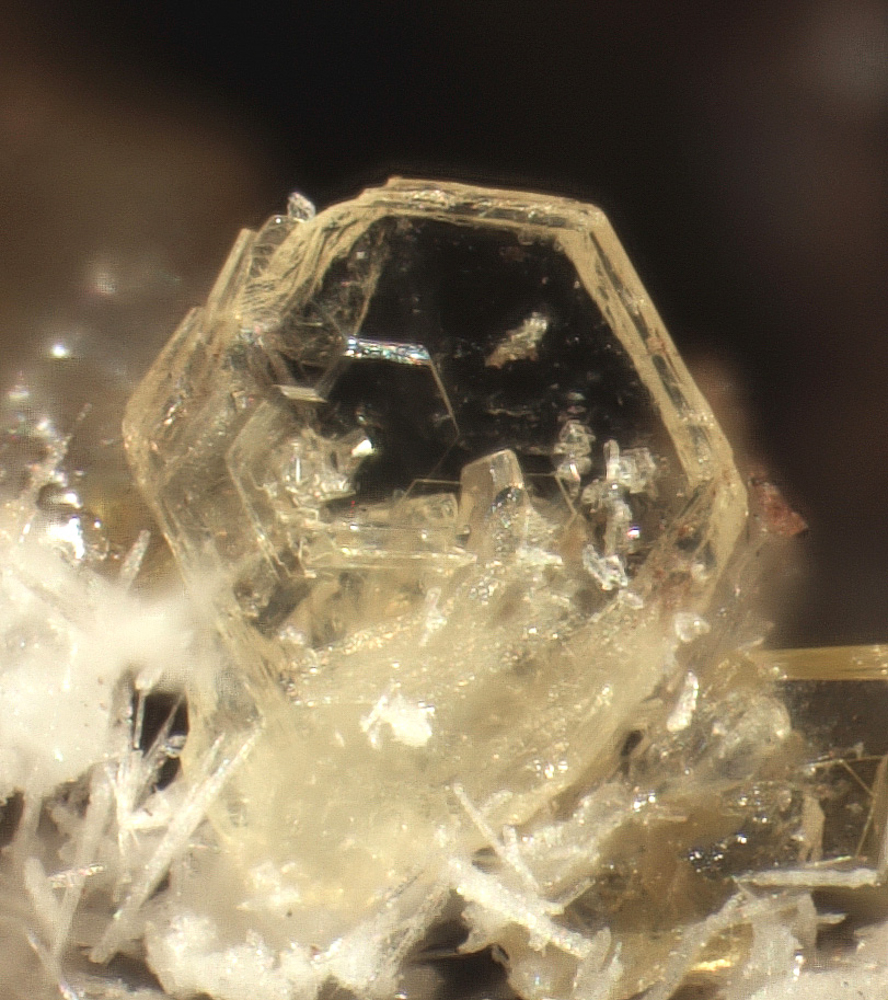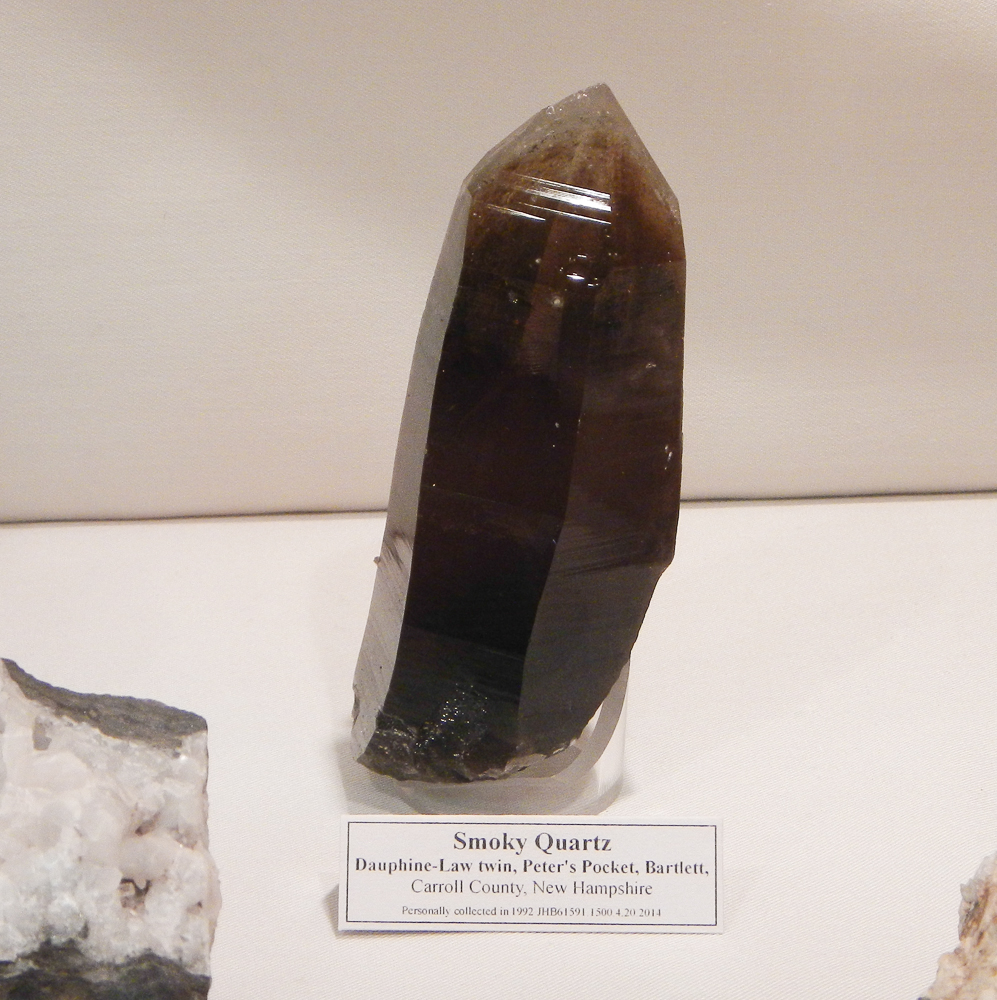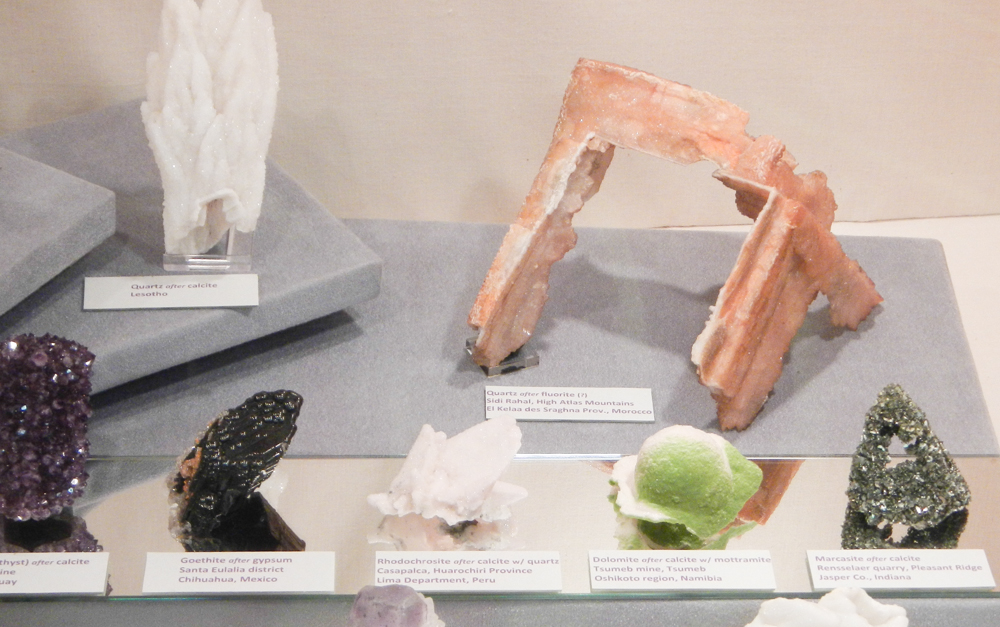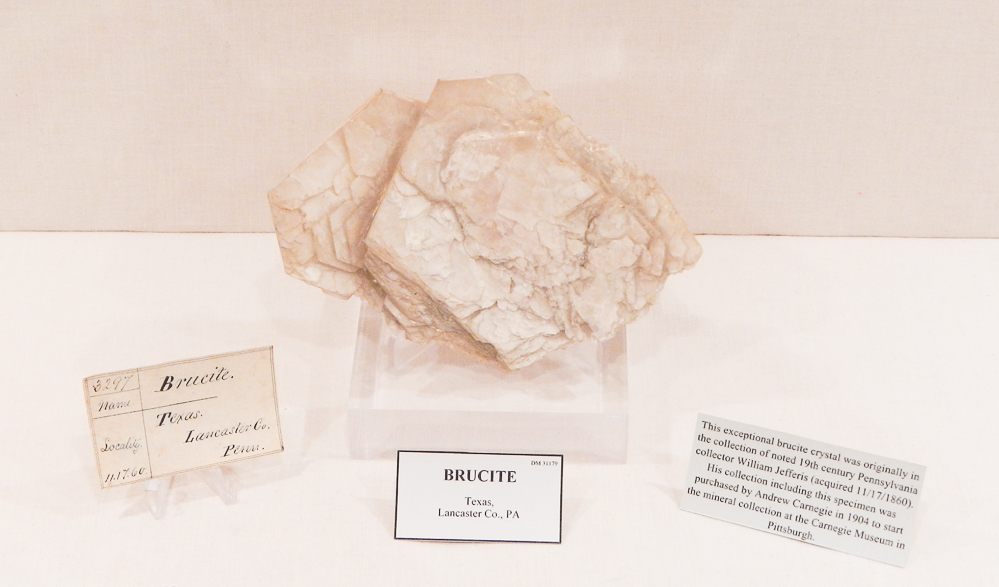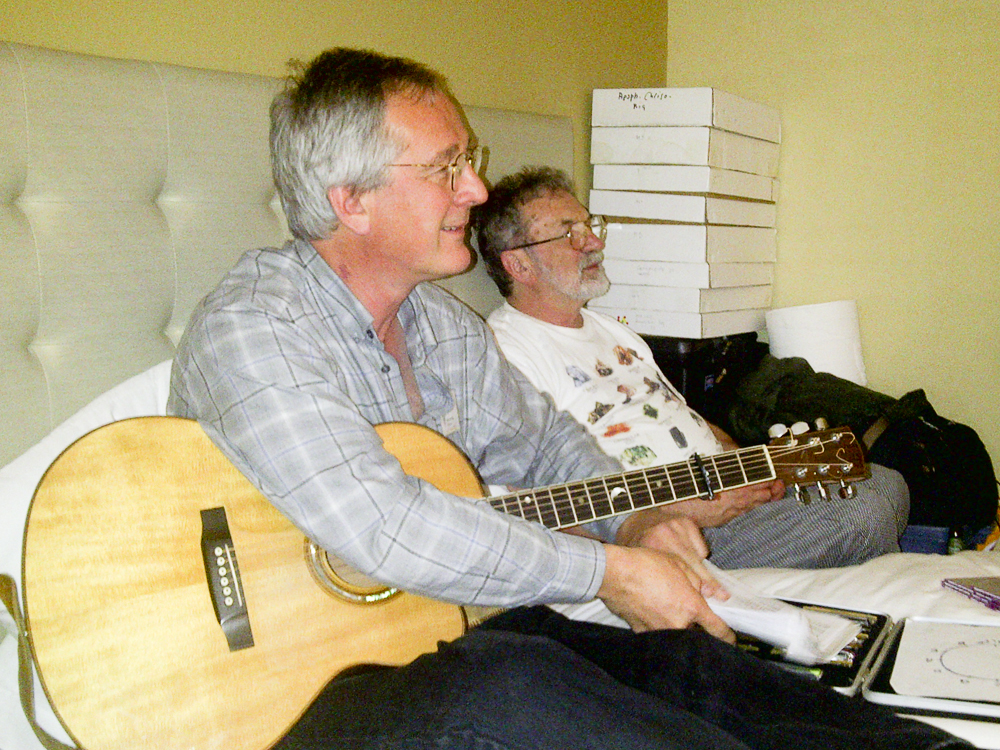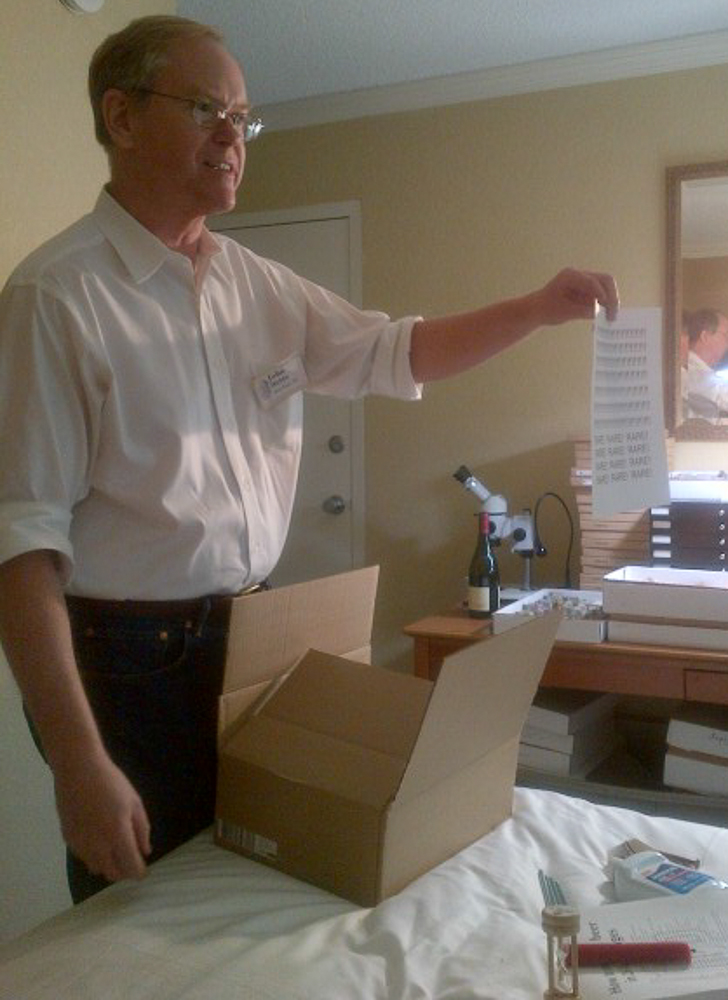Categories
Archives
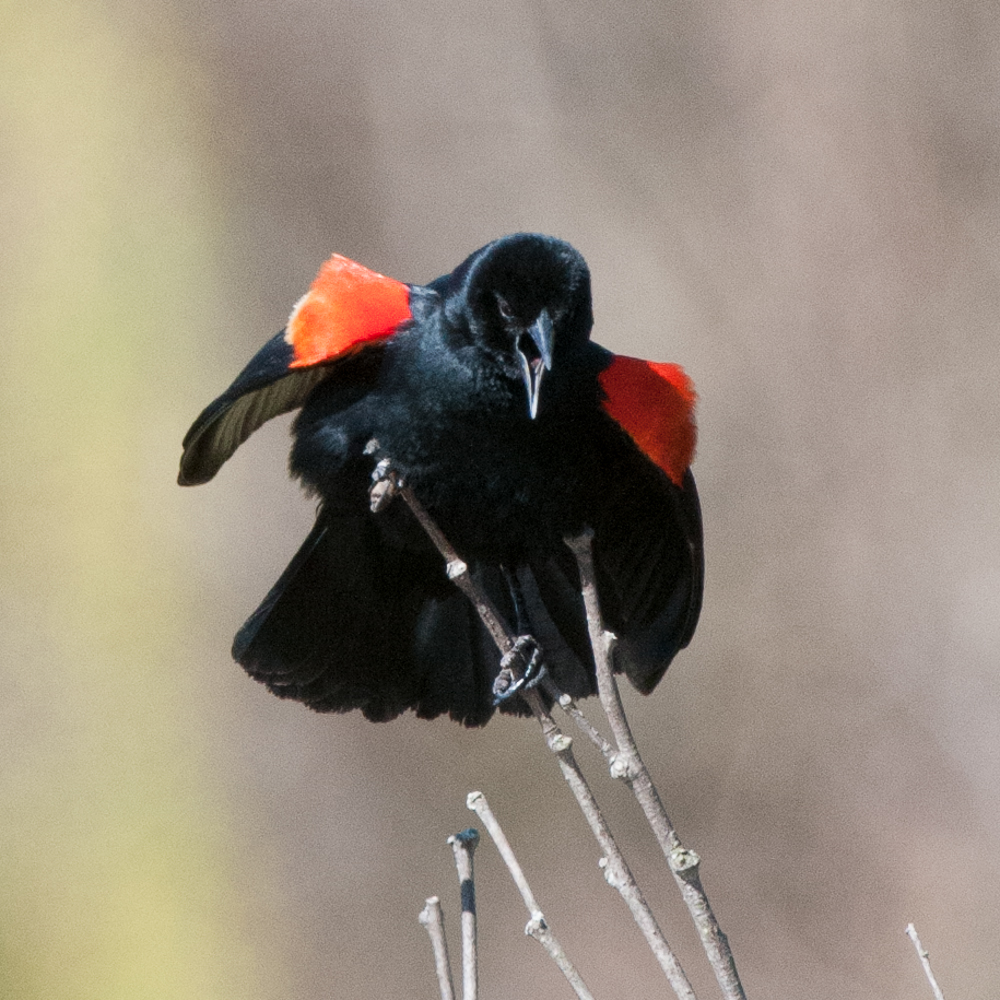
After a long, harsh northern winter, most people in this part of the world look to the arrival of the red-winged blackbirds and robins, buds and flowers to mark the arrival of spring. But let’s be honest, spring only truly arrives with “Rochester” (the annual Rochester Mineralogical Symposium). For fun, sense of community, contribution and cameraderie – and for the excellence of the presentations and displays – this is by far one of the best mineral events of the year, anywhere. (And speaking of contribution, please note that the speakers were all generous in sharing their photographs for this post – thank you all!) Organized by Steve and Helen Chamberlain, along with a team of dedicated volunteers, it is not to be missed.
Just a word about it, if you’ve never been: Come!
Rochester is a symposium meant for people who love minerals. It is not purely academic or technical – it is rich in substantive content, with cutting edge discoveries and research in specimen mineralogy, yet accessible to people at all levels of expertise. The overall content is a super mix of mineralogy, photography, historical content, research, collecting information and glimpses of amazing places and people around the world.
The symposium (April 24-27) was incredibly high calibre, with excellent presentations by speakers from many different countries. In case you were not there – or even if you were – I hope you will enjoy reading about it and looking at a few of the photos. All of the speakers have kindly contributed photographs from their talks.
Presentations
Michael Bainbridge’s “Grenville Grunge? Dispelling the Myth!” launched the symposium but lived on through the weekend. “Grenville Grunge” refers to the fact that some minerals found in the Grenville Geological Province, including parts of Ontario, Quebec and New York, can be dull, dark, and lacking sharpness, lustre or colour. It is a disparaging name coined by someone hopelessly misguided and misinformed. But I digress.
You may know Michael is an excellent mineral photographer, and so his presentation photos helped put an aesthetic face on Grenville Province minerals. However, the catchy alliteration “Grenville Grunge” seems to know no bounds. In a baffling development, it was repeated derisively by people around the symposium all weekend, and so the phrase lives on. It might even inadvertently have been granted a bit of new life… but don’t go propagating it. You can easily find shapeless lumps of mineralogical ugliness at awesome localities the world over. (It’s truly a ridiculous moniker – I will make it a mission of this website over time to help you see whether you agree. Because in fact, the sophistication, complexity and cool subtleties of Grenville minerals can be downright addictive.)
Tremolite, near Minden, Ontario – 12 cm. Michael Bainbridge specimen and photo.
Michael collected this specimen in 2010.
John Jaszczak gave a fantastic presentation “Mineralogical Miracles at Merelani”, about some of the interesting mineral finds at Merelani, Tanzania beyond tanzanite and tsavorite. John spoke about the amazing crystals of graphite and diopside, and also about the recent finds of killer alabandite and wurtzite crystals. A Mineralogical Record article about the latter is in the works – can’t wait for it.
Diopside with graphite from Merelani, Tanzania. Larger crystal 1.8 cm. A.E. Seaman Museum specimen, John Jaszczak photo.
A super talk about one of the world’s most classic localities, the famous Herodsfoot Mine, was presented by Roy Starkey (“Herodsfoot Mine, Richard Talling and Bournonite”). Meticulously researched, with excellent mix of historical background and great minerals, and supported with lots of great photographs.
Herodsfoot, postcard from ca 1900. Mining buildings and tailings at centre and left. Roy Starkey photo.
Bournonite on Quartz from the Herodsfoot Mine, 9 x 7 x 3 cm (crystals to 4 x 1 cm).
Photo by Roy Starkey – Image copyright British Geological Survey.
One of my favourite subjects of the symposium was the Sulfur Mines of Sicily, featured in the Friday night presentation by Dr. Renato Pagano.
I have a confession here (mineral connoisseurs might say a huge confession). And I guess it’s a bit embarrassing, since I swear I really thought I had read Dr. Pagano’s (and other authors’) writings on this. But somehow it was only now that I finally have come to understand that Sicilian sulfur deposits are not volcanic deposits – it’s just so natural to assume that the famous active volcanoes on Sicily gave rise to and host the famous sulfur deposits, but this is not the case. Sulfur in Sicily occurs in a sequence of Miocene evaporitic formations including limestone and gypsum.
Anyway, now that my admission is out of the way…
Dr. Pagano included wonderful photographs and shared some amazing specimens with us – he provided a couple of my favourites for this post. The following are two specimens from the Pagano collection, photographed by Roberto Appiani.
 And I love the photos from some time ago now, when Dr. Pagano was making early trips to the region to obtain sulfur specimens – and then stacking them on the back of his bike.
And I love the photos from some time ago now, when Dr. Pagano was making early trips to the region to obtain sulfur specimens – and then stacking them on the back of his bike.
One of the best things about Rochester is that every year we end up in so many different mineral places, near and far. Over the years, Dr. Peter Lyckberg has made many visits to the Chamber Pegmatites of Volodarsk, Ukraine, and gave just an amazing talk on this – really, this presentation was so good you felt like you were right there, underground, collecting beryl and topaz. The mining of the chamber pegmatites has an interesting history, including massive state-sponsored investment during the Soviet era, without which, none of this could have been possible. However, it is a story that may be at an end, as the last mining has stopped as of January, 2013. Peter clearly sensed that the chances to visit Volodarsk could be time-limited, and we’re so lucky he did!
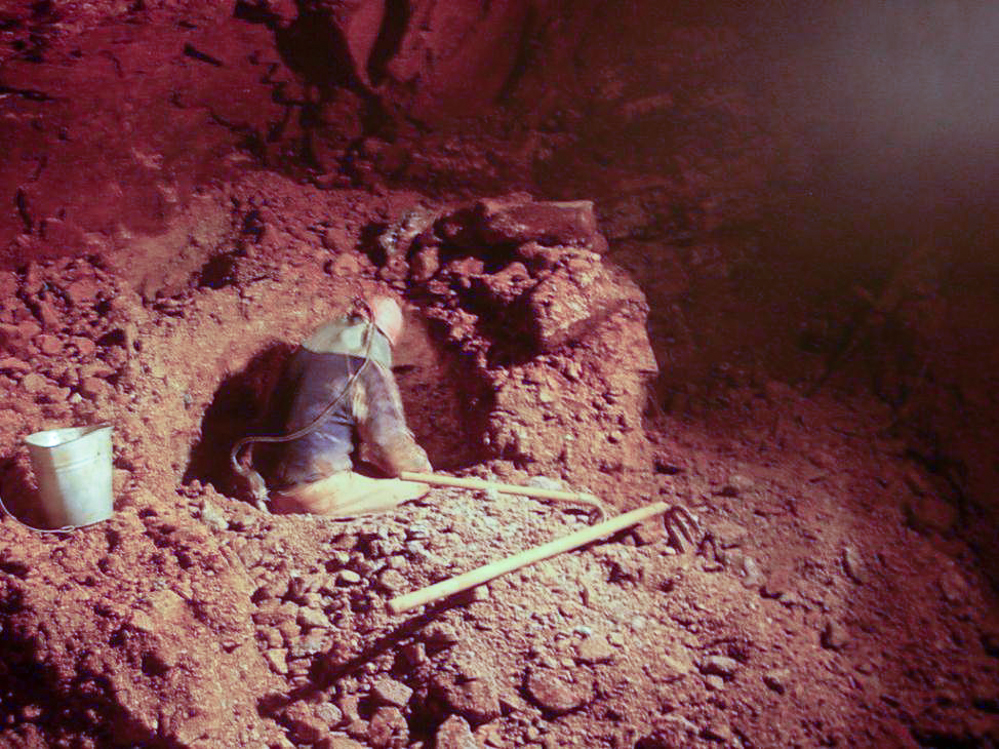 Collecting in beryl pocket at Volodarsk, Ukraine, October 2007. Photo by Peter Lyckberg.
Collecting in beryl pocket at Volodarsk, Ukraine, October 2007. Photo by Peter Lyckberg.
“Peter’s Dream Pocket” with giant topaz and zinnwaldite. Pegmatite 569, Shaft 3, Volodarsk, Ukraine. Photo by Peter Lyckberg January 2013.
Peter Lyckberg with 29 kg topaz and smoky quartz from pegmatite tube near pegmatite 569 at 96 m level,
Shaft 3, Volodarsk, Ukraine. Photo by Alexander Chournousenko.
Peter at the symposium with a topaz and a heliodor.
Peter brought this beautiful topaz to show us at the Symposium – I’m guessing almost 15 cm across.
(The “matrix” in this photo is the dry-cleaning plastic we all use for packing specimens.)
Mark Jacobson took us to Mount Antero, Colorado, the classic Western American aquamarine locality. To me, the approach taken in presenting this really made it – the talk highlighted many of the collectors themselves, and their finds over the years. This was a great approach and a very engaging talk. The presentation included lots of photos of specimens of the “big three” from Mt. Antero – beryl (variety aquamarine), phenakite and bertrandite.
Beryl, var. aquamarine from Mt. Antero – 16.8cm. Collected by Steve Brancato,
this specimen is in the Bruce Oreck collection. Mark Jacobson photograph.
Bertrandite from Mt. Antero – 1 cm. Mark Jacobson photograph.
Collected by Jeff Self, this specimen is in his collection.
Phenakite from Mt. Antero. The largest crystal is 3.1 cm. Originally collected by Curtis Abbott and
Cliff Robertson, this specimen is in the Dave Bunk collection. Mark Jacobson photograph.
Ted Johnson spoke on the pegmatite occurrence at Branchville, Connecticut. This is a locality for some very unusual minerals and interesting mineralogy/genesis. Unfortunately the locality is closed to collecting – a house is very nearby, and a road runs very close to the water-filled pit. However, analytical work by dedicated amateurs continues, and this is a great example of such contributions being made to specimen mineralogy.
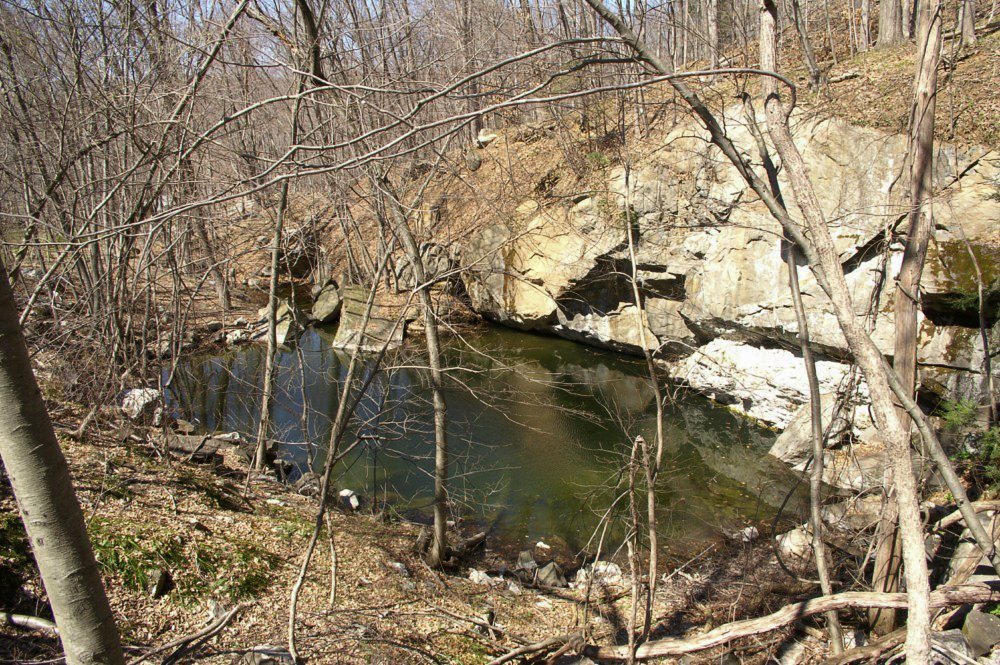
The old quarry at Branchville, Connecticut. Ted Johnson photograph.
Eucryptite, photographed in UV light, 7.5 x 5 cm. Ted Johnson specimen and photograph.
Eucryptite, with remnant spodumene core, photographed in UV light, 15.2 x 12.7 cm. Ted Johnson specimen and photograph.
Often, we are lucky enough to have key speakers give us a reprise on a separate subject to close out the symposium on Sunday morning.
Roy Starkey presented on the Cairngorm mountain range in Scotland. If you have read any older field guide, monograph or text, you have likely seen that the Cairngorms are a classic locality for smoky quartz crystals – so much so that they were sometimes themselves called cairngorms. There was lots of great information in this talk – I had no idea that excellent topaz has also been found in the Cairngorms. I also had no clue that Queen Victoria had done any field collecting for minerals…
Cairn Toul, Angel’s Peak and Braeriach from flanks of Ben Macdui, Scotland. Roy Starkey photograph.
Smoky quartz and citrine from the Cairngorms, Scotland. Royal Scottish Museum. Roy Starkey photograph.
Dr. Peter Lyckberg gave us our grande finale, with “Highlights of 50 Years of Mineral Collecting”. The personal nature of this talk really resonated with me. He began his fascination and collecting of minerals when he was very young, and he has pursued it passionately ever since – many of us could truly relate. With a whirlwind tour, we visited localities worldwide, and had a chance to see some truly spectacular mineral specimens that have become part of his great personal collection – often after some rather dedicated pursuit!
Peter Lyckberg was the first western visitor since 1917 in the Alabashka Pegmatite Field, Mursinka,Urals, Russia.
In this photograph, he is with Pocket 4 at 30 m depth, Kazionnitsa Pegmatite January 1993.
Mining a gem pocket next to pocket 201 at 30 m depth in the Kazionnitsa Mine, Alabashka Pegmatite Field,
Mursinka, Urals, Russia, January 1993. Photo by A Kasyanov.
Beryl, var heliodor and aquamarine – the largest heliodor is 12 cm tall. Peter Lyckberg collection and photograph.
Technical Session
Every year, Friday afternoon of the symposium is reserved for the technical session. This session is always packed with tons of information – each presenter is limited to 15 minutes. Abstracts from these talks are included in the symposium program, and are also published during the year in Rocks and Minerals magazine.
Annual Features
The symposium includes some consistent high-level features every year.
Saturday morning always features Jeff Scovil presenting What’s New in Minerals and Localities. Jeff’s world-leading mineral photography dazzles us all for an hour, as he covers finds from around the globe that were uncovered in the prior year or so. Some of these are photographs that we see in the Mineralogical Record, Rocks and Minerals, and other publications during the year and other photographs may make their debut at Rochester – and when they are all together in one show, it’s a bit mind boggling. I’ve never once seen Jeff do What’s New without having the audience draw breath collectively over some of the specimens. (People might even pass out over the experience – I mean it’s always dark during the slideshow, so how would we know – although miraculously no-one is on the floor at the end.)
Following Jeff, “What’s New in Minerals and Localities II” is the chance for short contributions from other symposium registrants – we never have any idea what will come out during this hour, but always new, and one of the neatest sessions of the Symposium, where we can share with each other.
Frank Melanson spoke about the new Bancroft Gem and Mineral Club Museum – I will post a separate piece on the blog about this one, coming soon, so stay tuned.
I presented briefly on some recent new mineral finds, including the amazing magnesiofoititite tourmaline crystals from Tsitondroina, Fianarantsoa, Madagascar.
 Magnesiofoitite, Tsitondroina, Fianarantsoa, Madagascar – 5.8 cm.
Magnesiofoitite, Tsitondroina, Fianarantsoa, Madagascar – 5.8 cm.
I also presented on a remarkable Canadian find. One of Canada’s top field collectors, Mike Irwin, has discovered and collected some very fine specimens of the rare mineral serendibite from near Portage du Fort, Pontiac Co., Quebec. Many of the specimens include some level of overgrowth and/or replacement growth by a combination of dravite-uvite and spinel. In some of the material, the serendibite is a nice blue, mottled in a lighter host rock which includes very pale diopside. The blue is an understated, blue-jean blue (suits us Canadians) rather than an outspoken copper oxide zone blue. So far, extremely few euhedral crystals have been recovered – vugs are rare at the locality.
Sharp serendibite crystals, up to 0.5 cm, with pale diopside – near Portage-du-Fort, Pontiac Co., Quebec.
R. Peter Richards has presented many fascinating topics to us at Rochester over the years. This one was to follow up on a remarkable find. There is a locality along the Huron River, near Milan, Ohio, discovered thanks to smoke rising up out of a crevice. The smoke, from a natural shale fire underground, deposited micro-crystals, which at the time of the original presentation had not yet been identified. Subsequent work has now confirmed that these are sabieite-2H and -3R, intimately mixed in single crystals. They are new polytypes of sabieite 1-T. Unfortunately the material was incredibly limited and no specimens are available.
Sabieite -2H and -3R crystal, 0.5 mm, Huron River, near Milan, Ohio. R. Peter Richards specimen and photograph.
Finally, Gloria Staebler (of Lithographie LLC) spoke about what I think is a great development for the hobby: Lithographie is going to be publishing a new edition of the classic, Mineralogy for Amateurs by John Sinkankas, originally published in 1964. (If you’ve read my Favourite Mineral Reads post, you’ll know this is one of my favourite mineral books of all time.) The new edition is undergoing significant work, in order to update the information, although it is fundamental to the project that the voice, tone and approach remain true to the Sinkankas original. The new edition will be published as a two-volume set, with major revisions to update the mineral descriptions. Gloria has many people involved, and is keen to involve more. For example, she is planning to have given minerals updated by a single experienced individual (one person will do hematite, another will do pyrite and so on). There is lots to be done, and if you would like to contribute to the revision of this classic, please contact Gloria and let her know of your interest at Gloria@lithographie.org .
Displays
As always, there were some great displays this year, both from museums and private collections.
Super display of Nova Scotia Minerals by Canadian collector George Thompson.
John Betts had a great display of U.S. minerals, including this great smoky quartz (ca 12 cm) he collected in 1992.
Excellent display of pseudomorphs (specifically, these are perimorphs, which are formed when one mineral is encrusted by a second mineral, and the second mineral (crust) still remains while the original mineral has dissolved, leaving a hollow interior). Cincinnati Museum Centre display of specimens on loan from the Terry Huizing Collection.
Remarkable brucite specimen, ca. 15 cm across, from Texas, Lancaster Co., Pennsylvania. Formerly in the famous William Jeffris Collection, then acquired by Andrew Carnegie in 1904. Now in the A.E. Seaman Mineral Museum collection.
Wonderful copper specimen in the collection of David K. Joyce – about 7 cm tall – it stands up straight like this and has been referred to as the “Copper Man”.
Dealers’ Rooms
As great as the presentations, program and displays are, a lot of what Rochester is about happens up on the famous fourth floor, where the dealers’ rooms are full of life well into the morning hours.
David K. Joyce plays and sings his mineral and mining songs every year at Rochester – it’s always a highlight, hanging out with friends and singing along.
(In this photo Dave is between songs, while Canadian dealer and collector Jonathan Zvonko looks on.)
If you have not yet heard Dave’s tunes, they are available on CD and downloadable from iTunes – and you can check them out here.
In another fun fourth floor moment, to the amusement and laughter of all in the room, John Betts made a presentation to me, welcoming me as a new internet mineral dealer. He presented me with an Internet Mineral Dealer’s Kit, to help me on my way. Some of the contents of that kit simply can’t be discussed here. Suffice it to say that it included screws, mineral oil, Preparation H, a candle, a guide to ordering beer in 26 different languages… and other helpful items. The egg timer in the kit is meant to speed up my photography (a particularly good laugh). And John feels strongly that I am not writing enough in bold all-caps (particularly the word RARE), and I’m using far too few exclamation marks.
John Betts presenting me with a printed sheet full of exclamation marks and multiple examples of the word “RARE!!!” to give me an idea
of what a mineral dealing website should really look like. David K. Joyce photo.
John has been one of the leading online mineral dealers since the beginning of the internet age – if you have not been to his website, it is truly one of the best. I mean BEST EVER!!! and MOST COMPREHENSIVELY AWESOME!!!! SUPER RARE!!!
Rochester is all about good times with good friends in mineral world.
Until Next Year…
It is true for most Rochester fans – once you have been, you really do your best to never miss another one. So if you haven’t been, come and experience one of the best events of the mineral year with those of us who wouldn’t miss it (April 23-April 26, 2015). And of course to all the Rochester friends who are there each year, thanks for the great time together and see you there next year.


